Samuel Palmer ranks among the most important British landscape painters of the Romantic era. Marking the 200th anniversary of the artist's birth, Samuel Palmer (1805–1881): Vision and Landscape was the first major retrospective of his work in nearly 80 years, uniting some 100 of his finest watercolors, drawings, etchings, and oils from public and private collections in the United Kingdom, Canada, Australia, the Netherlands, and the United States.
The exhibition highlighted the artist's celebrated early work, executed in a visionary style inspired by William Blake, and re-examines Palmer's vibrant middle-period Italian studies and masterful late watercolors and etchings. It also includes a selection of works by artists in Palmer's circle. Samuel Palmer was on view at The Metropolitan Museum of Art from March 7 through May 29, 2006.
The exhibition was organized by The British Museum and The Metropolitan Museum of Art, New York.
Organized chronologically, the exhibition placed special emphasis on the artist's early work, made during his youthful friendship with the older poet, painter, and printmaker William Blake. Visionary in subject, intimate in mood, rich in texture, and brilliant in hue, these compelling "Shoreham period" works exhibit a wholly original style that remains fresh to 21st-century eyes. This section of the exhibition included unprecedented loans to the U.S., including such priceless masterpieces as Palmer's celebrated 
Self-Portrait (Ashmolean Museum), 
The Valley Thick with Corn (Ashmolean Museum), 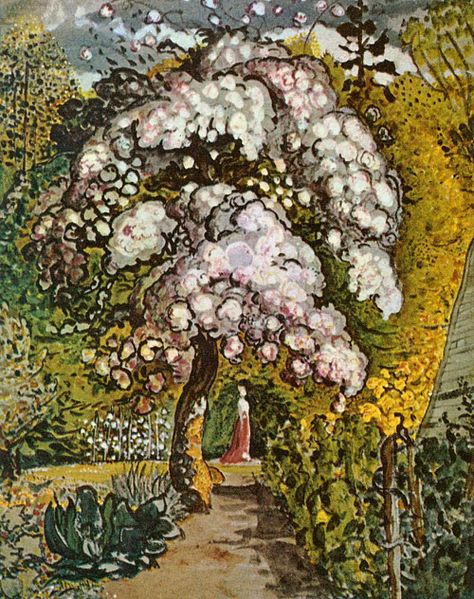
In a Shoreham Garden (Victoria & Albert Museum), and 
The Sleeping Shepherd (private collection).
The exhibition also explored Palmer's embrace of a more naturalistic vision in the years of his early maturity. During this period, Palmer captured the striking landscapes of Wales, Italy, and the southern coast of England in sketches and watercolors. This portion of the exhibition featured significant works such as 
Tintern Abbey (Victoria & Albert Museum), 
The Cypresses at the Villa d'Este (Yale Center for British Art), and 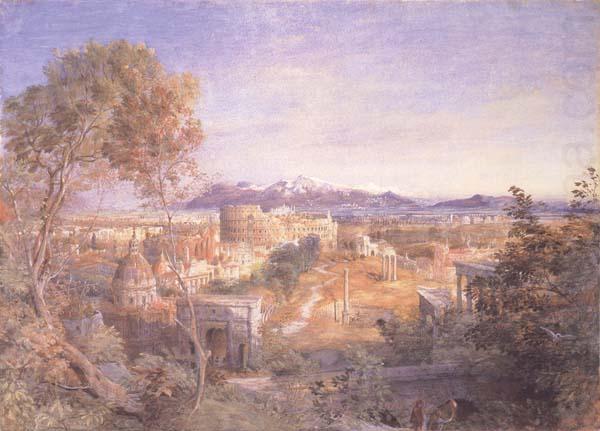
A View of Ancient Rome (Birmingham Museums and Art Gallery).
Samuel Palmer featured an unrivalled selection of large, vibrant landscapes from Palmer's later maturity, including such treasures of British art as
Christian Descending into the Valley of Humiliation (Ashmolean Museum), 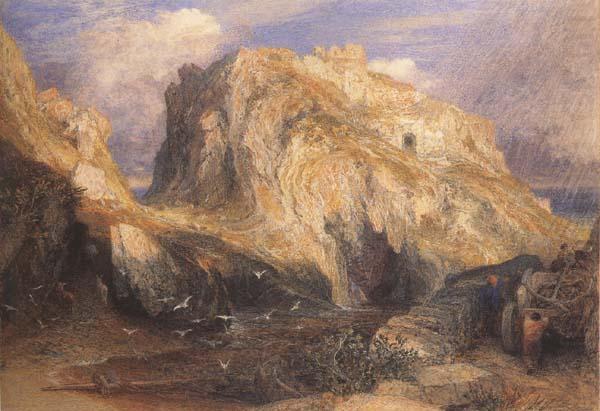
King Arthur's Castle, Tintagel, Cornwall (Ashmolean Museum), and
The Lonely Tower(Huntington Library and Art Gallery).
It concluded with a new examination of Palmer's extraordinary achievement as a printmaker, whose shimmering etchings transport the viewer to exquisite worlds. In prints such as 
The Skylark, 
The Weary Ploughman, and 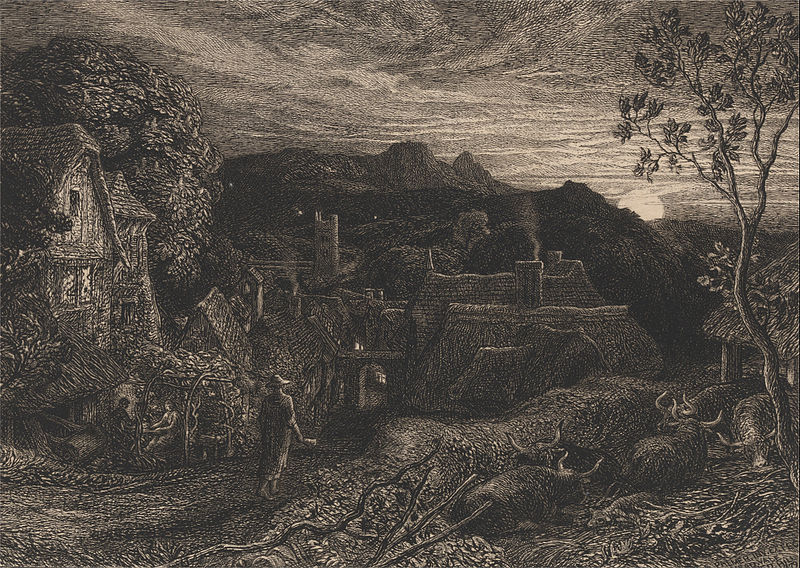
The Bellman, the bold imagination of Palmer's youth returns, refined by the wisdom of experience.
From an excellent review, well worth reading:
Samuel Palmer (British, 1805-1881)
Rest on the Flight to Egypt, 1824-5
Oil on panel
32.3 X 39.4 cm.
© The Ashmolean Museum, Oxford
It is in the second section, entitled The Primitive Years, where Palmer's working style evolved to strong decorative patterns, vivid colour and defined outlines - an intense and visionary stylization for which he is recognised. Palmer's distinctive style can be seen in two of his most recognised works: Rest on the Flight to Egypt (1824-5) and The Magic Apple Tree (1830). In the first painting, the Shoreham countryside becomes a vision of earthly paradise where Palmer is able to merge his spiritual ideology into the visual landscape of the Kent countryside. One of Palmer's key techniques was to distort the images of people in his paintings, like the Holy Family in Rest on the Flight to Egypt, to force the viewer's attention to the surrounding landscape. Note also the steeply sloping area in the left foreground, another compositional device frequently used by Palmer.
Samuel Palmer (British, 1805-1881)
The Magic Apple Tree, 1830
Brown ink, watercolor and gouache with gum arabic
34.9 x 26 cm.
© The Fitzwilliam Museum, Cambridge
Both Rest on the Flight to Egypt and The Magic Apple Tree were painted during Palmer's Shoreham years, a period that is now recognised as the apex of his career and creativity. These paintings mark the third and fourth sections in the exhibition, Shoreham and The Ancients, 1826-1830, highlighting the most important periods in Palmer's life. He produced some of the best work of his artistic career at this time, and would later look back on and describe it as "...the happiest and most creative period of my life."
Exhibition Credits and Catalogue
Samuel Palmer (1805–1881): Vision and Landscape was organized by William Vaughan, Professor of the History of Art at Birbeck College, University of London, in collaboration with Metropolitan Museum Associate Curator Constance McPhee, and former Metropolitan Associate Curator Elizabeth Barker. The exhibition was also on view at The British Museum in London.
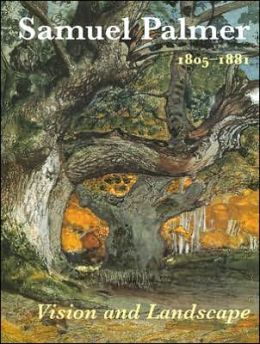
The exhibition was accompanied by a fully illustrated catalogue published by The British Museum Press. It includes essays by William Vaughn, Elizabeth Barker, and Colin Harrison, Curator, Department of Fine Art, Ashmolean Museum, Oxford, with six additional essays contributed by leading scholars.

